Introduction
Philodendrons are some of the most popular houseplants around thanks to their versatility and easy care requirements. However, there are still many common questions people have when it comes to properly caring for these tropical beauties. In this in-depth guide, we’ll explore the most frequently asked questions about philodendron care and provide helpful tips and answers to set you up for success with your philodendron. Read on to unlock the mysteries around watering, light needs, propagation, troubleshooting, and more!
Philodendron People also ask
What is the disadvantage of philodendron?
Philodendrons are wonderful plants for their lush, tropical look and durability as houseplants. However, there are a few potential disadvantages to be aware of:
Toxicity
- All parts of the philodendron contain calcium oxalate crystals which are toxic to humans and animals if ingested. Pets and children should be supervised around these plants.
Limited cold tolerance
- Philodendrons prefer warm temperatures between 65-80°F and cannot tolerate frost or freezing temps. This makes them impractical as outdoor plants year-round in colder climates.
Potential for legginess
- Philodendrons grown in low light conditions can become leggy and sparse looking as they reach for light. Proper light levels are important.
Size
- Some philodendron varieties like Split-leaf and Hope can grow quite large. Make sure to choose the right species for your space if size is a concern.
With proper care and expectations, these issues can be prevented or managed. The advantages of philodendrons’ fast-growth, lush look, and ease of care make them a worthwhile houseplant for most spaces.
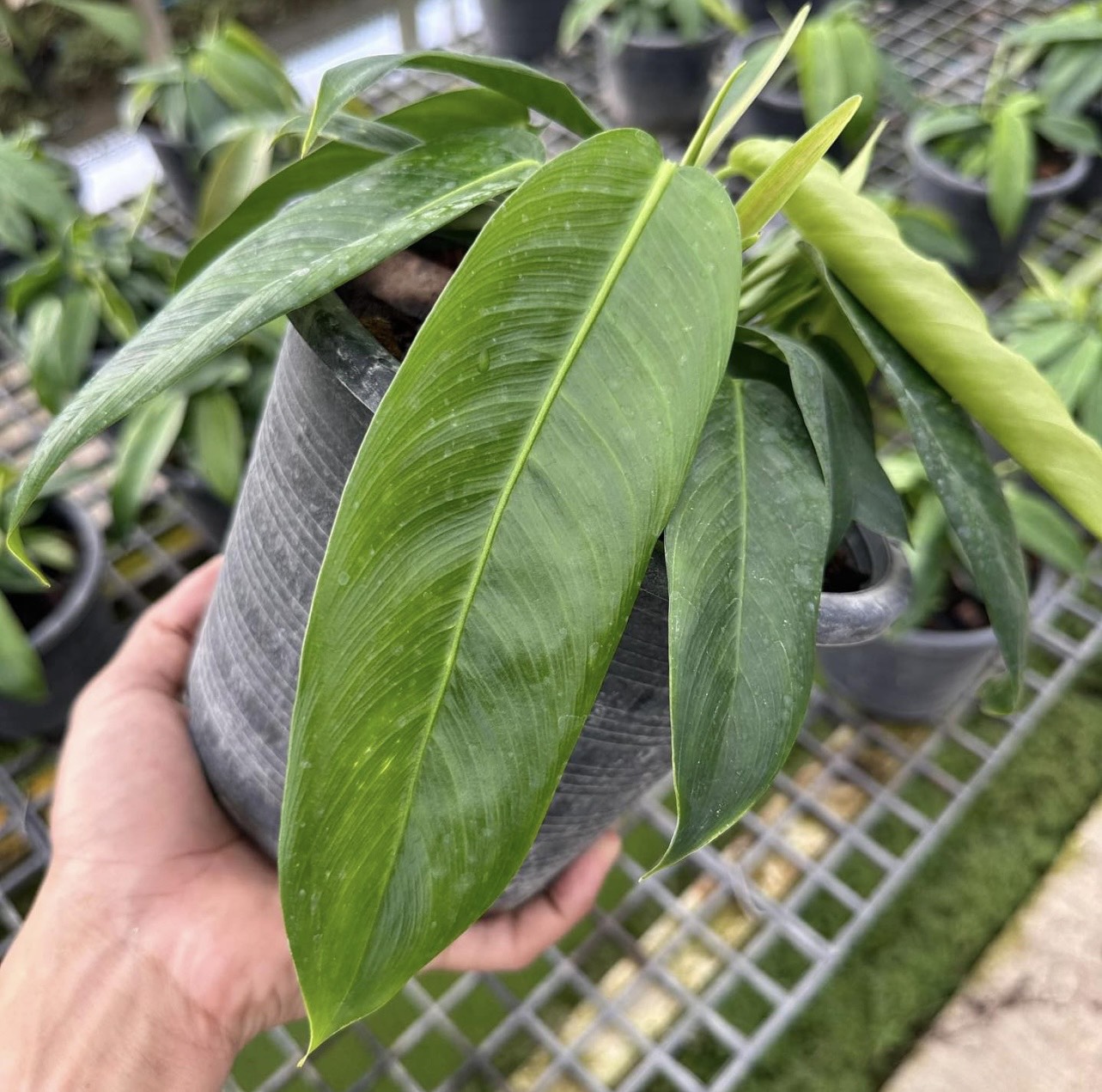
Do philodendrons need a lot of sun?
Philodendrons actually prefer medium to low light levels compared to many houseplants. Here are their ideal light conditions:
Low to medium light
- South or west facing windows provide ideal bright, indirect light for most philodendrons. Sheer curtains can help prevent direct sun from scorching leaves.
Avoid direct sun
- Direct sunlight should be limited to an hour or two early in the day to prevent leaf burn. Bright, unfiltered sun will damage leaves.
No artificial light
- Artificial grow lights are not necessary for philodendrons as long as adequate natural light from windows is available.
Minimum of 2-4 hours daily
- Philodendrons need at least 2-4 hours of bright, indirect light from a window each day to prevent stretching and sparse growth. Rotating the plant helps prevent one-sided growth toward light.
With the right balance of bright, indirect light, philodendrons will thrive without needing intense sun exposure that many houseplants require. Keep them near windows, but use sheer curtains to filter harsh sunlight.
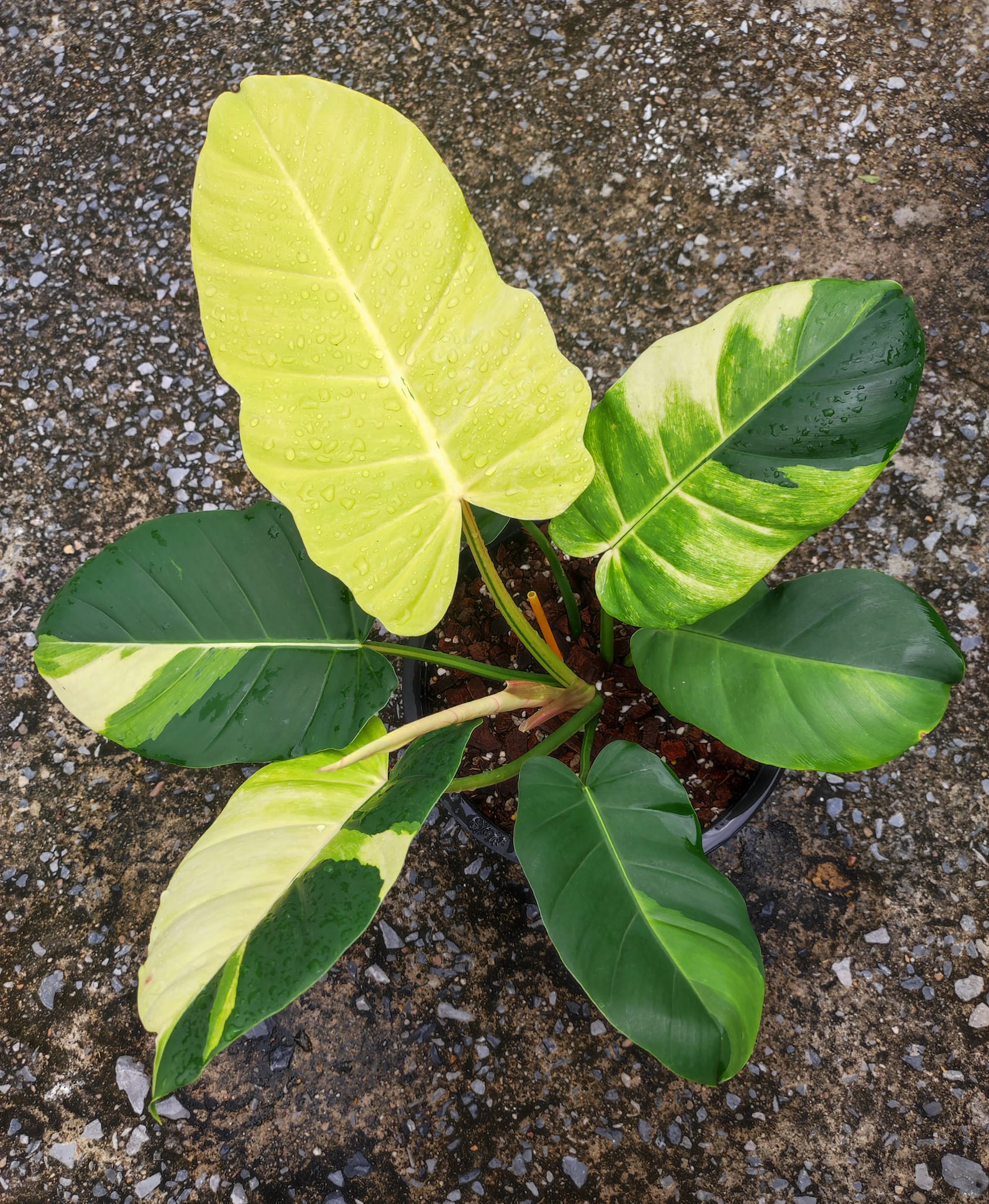
“Explore the Exceptional 2023 Philodendron Variegata Collection: A Curated Selection of the Rarest and Most Unique Varieties Available.”
Where should I put my philodendron in my house?
When choosing the optimal spot in your home for a philodendron, here are some great options to consider:
Near an East-Facing Window
- East-facing windows provide gentle morning sun – perfect for philodendrons! The rays aren’t too harsh in the early hours but still provide plenty of bright light.
Against a West-Facing Wall
- Positioning a philodendron a few feet back from a west-facing window takes advantage of nice indirect afternoon light. Keep the plant out of reach of hot afternoon sun rays.
Near a South-Facing Window
- The bright light from south-facing windows is ideal. Use sheer curtains to filter intense midday sun which can burn philodendron leaves.
Under Skylights or High Windows
- Skylights and high windows provide perfect bright, indirect light. The glass helps disperse direct sun rays before they reach the philodendron’s leaves.
Near an Interior Bright Room
- Rooms with multiple windows provide enough ambient bright light for philodendrons without direct sun exposure.
Place your philodendron in one of these spots and it will have the right amount of light to stay lush and healthy in your home!
Is philodendron rare?
Philodendrons, as a whole, are not rare. They are among the most popular and widely cultivated houseplants due to their ease of care and attractive foliage. However, within the vast family of philodendrons, there are indeed some varieties that are considered rare and highly sought after by plant enthusiasts.
These rare varieties often have unique features such as unusual leaf shapes, striking variegation, or distinctive colors. Their rarity can be due to factors like slower growth rates, difficulty in propagation, or simply being newly discovered species with limited distribution.
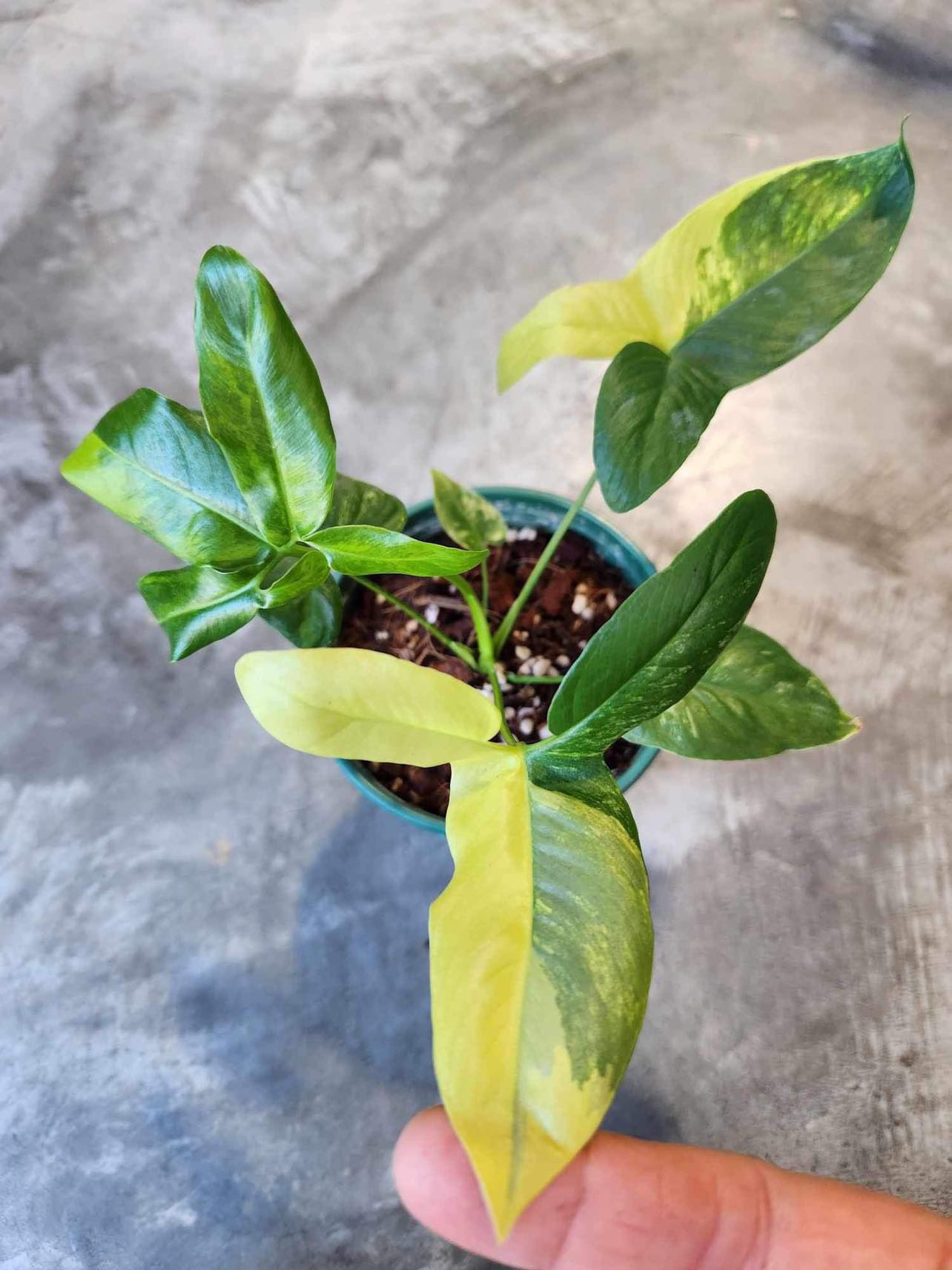
Do philodendrons like to grow up or down?
Philodendrons can grow both up structures like trellises or poles and also trail downwards if allowed to cascade over the edges of shelves or hanging baskets. Here’s an overview of their growth habits:
Climbing or vining varieties
- Heartleaf, Brasil, Micans, etc. These philodendrons grow upward if given supports like moss poles. Allow them to vine up walls, trellises, etc.
Non-climbing varieties
- Types like Xanadu, Prince of Orange, Congo. These grow outward in a bushy clump rather than vining upwards. No support needed.
Trailing varieties
- Splendid, Silver, McColley’s Finale. If allowed to spill over edges, these will happily trail downward several feet. Use in hanging baskets.
Most philodendrons have a natural vining tendency and will climb vertical supports if available. Otherwise, they will grow as compact bushy plants. Simply tailor your support set-up to your desired look!
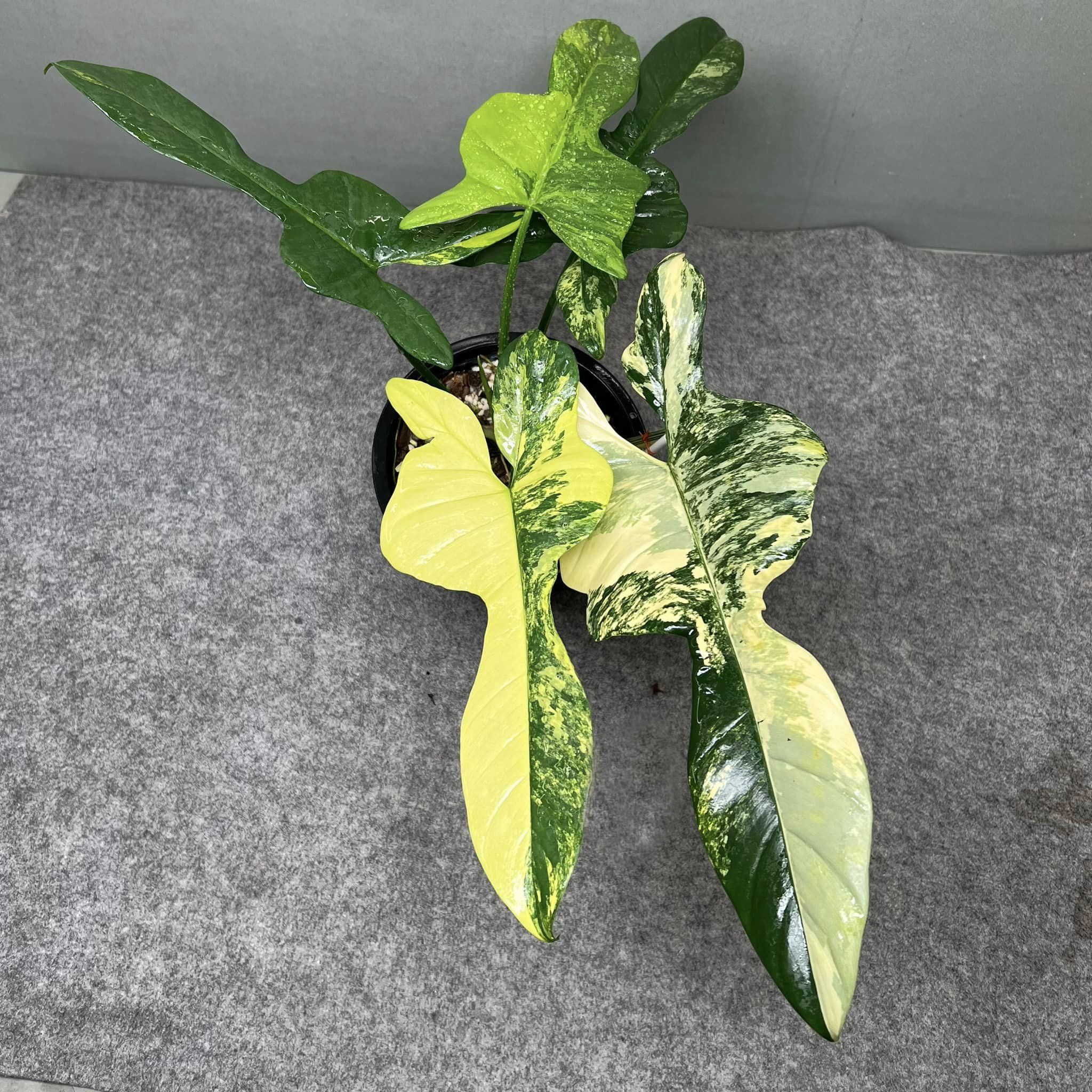
Where is the best place to put a philodendron?
When choosing where to display your philodendron, consider these prime placement spots:
Hanging in front of a window
- Use hanging baskets to suspend vining philodendrons like Heartleaf in front of windows. Allows light from all angles and a beautiful draping silhouette.
On top of a bookcase
- Trailing philodendrons like Silver can cascade beautifully down the front of a tall bookcase near a window. Creates a lush, tropical focal point.
Mantels and shelves
- Let your philodendron spill over the edge of mantels and shelves near windows. Creates an organic, cascading look.
Mounted on a trellis
- Use a trellis mounted near a window to Train climbing philodendrons like Brazil up vertically. Great way to add ambient greenery.
On plant stands near windows
- Place bushy, mounding philodendrons atop planters, stands, and shelves near light sources. Allows light to reach the plant from all sides.
Position your philodendron in one of these prime spots to take advantage of the perfect amount of bright, indirect light!

How do you keep a philodendron bushy?
There are a few easy tips to keep your philodendron looking full and bushy rather than leggy:
- Provide bright, indirect light to encourage dense growth. Rotate the plant avoid one-sidedness toward light.
- Prune the main stem back above a node once it becomes leggy and sparse to encourage branching nearer the base.
- Pin or stake new shoots outward as they emerge to train bushy form vs. upward vining growth.
- Grow bushy varieties like Xanadu, Prince of Orange, etc. rather than vining types if you prefer a compact look.
- Group multiple young plants together to create an instant bushy effect rather than one leggy plant.
- Slow release fertilize monthly and keep soil consistently moist to support vigorous growth.
Remember, compact varieties like Xanadu philodendron naturally grow in a bushy clump while vining types will climb. Prune and train growth habits to achieve your ideal lush, bushy philodendron!
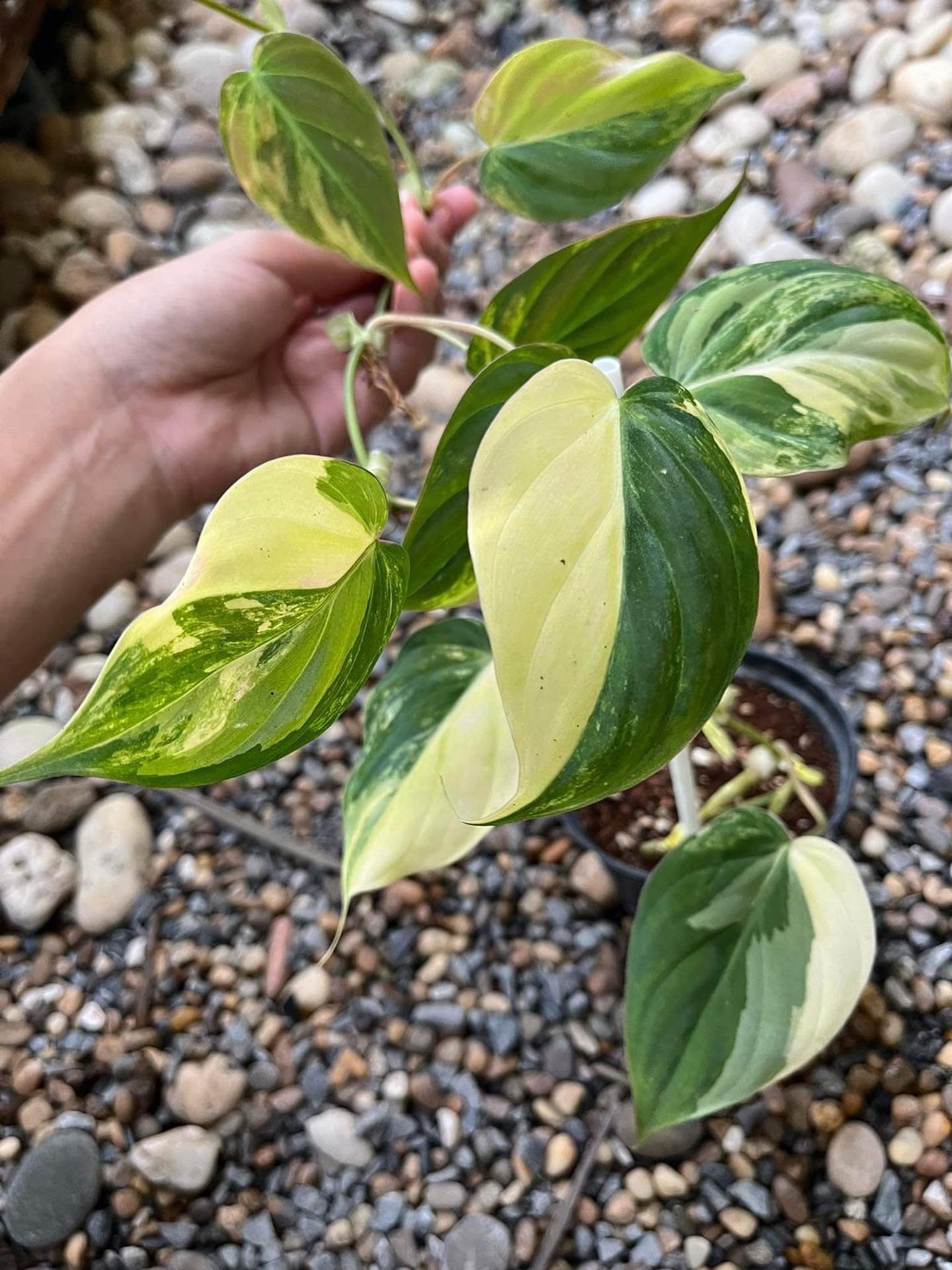
How do I encourage my philodendron to grow?
Here are some great tips to help your philodendron grow quickly and vigorously:
- Provide ample warmth – philodendrons thrive with temps between 65-80°F.
- Water thoroughly as soon as the top inch of soil is dry. Avoid letting plants dry out.
- Feed monthly during growth season with a balanced liquid fertilizer.
- Ensure adequate humidity of 40-60% via pebble trays or humidifiers.
- Give bright, indirect light from an east or west window for 4-6 hours daily.
- Repot annually into fresh potting mix to provide nutrients for growth.
- Prune leggy or damaged stems just above a node to encourage new shoots.
- Remove yellow leaves promptly to focus energy on new growth.
- Stake and train climbing varieties upwards as they vine to maximize growth.
The keys are providing warmth, hydration, light, and food! Follow these tips and your philodendron will flourish with fast, healthy new growth.

Should I bottom water my philodendron?
Bottom watering can be beneficial for philodendrons for a few reasons:
Promotes strong root growth
- Subirrigating encourages roots to grow downwards seeking water instead of getting lazy from top watering.
Avoids wet leaves
- Water sitting on philodendron leaves can lead to bacterial and fungal issues. Bottom watering prevents this.
Oxygenates roots
- Roots take in oxygen as water is drawn up into the pot. This oxygenates and invigorates them.
Good for large plants
- It can be hard to water a large philodendron evenly from the top. Bottom watering ensures the whole root ball is saturated.
Requires less frequent watering
- Bottom watered plants stay hydrated longer as water slowly permeates the entire soil mass vs just the top portion.
While not mandatory, bottom watering provides some benefits for philodendron health and growth. Give it a try!
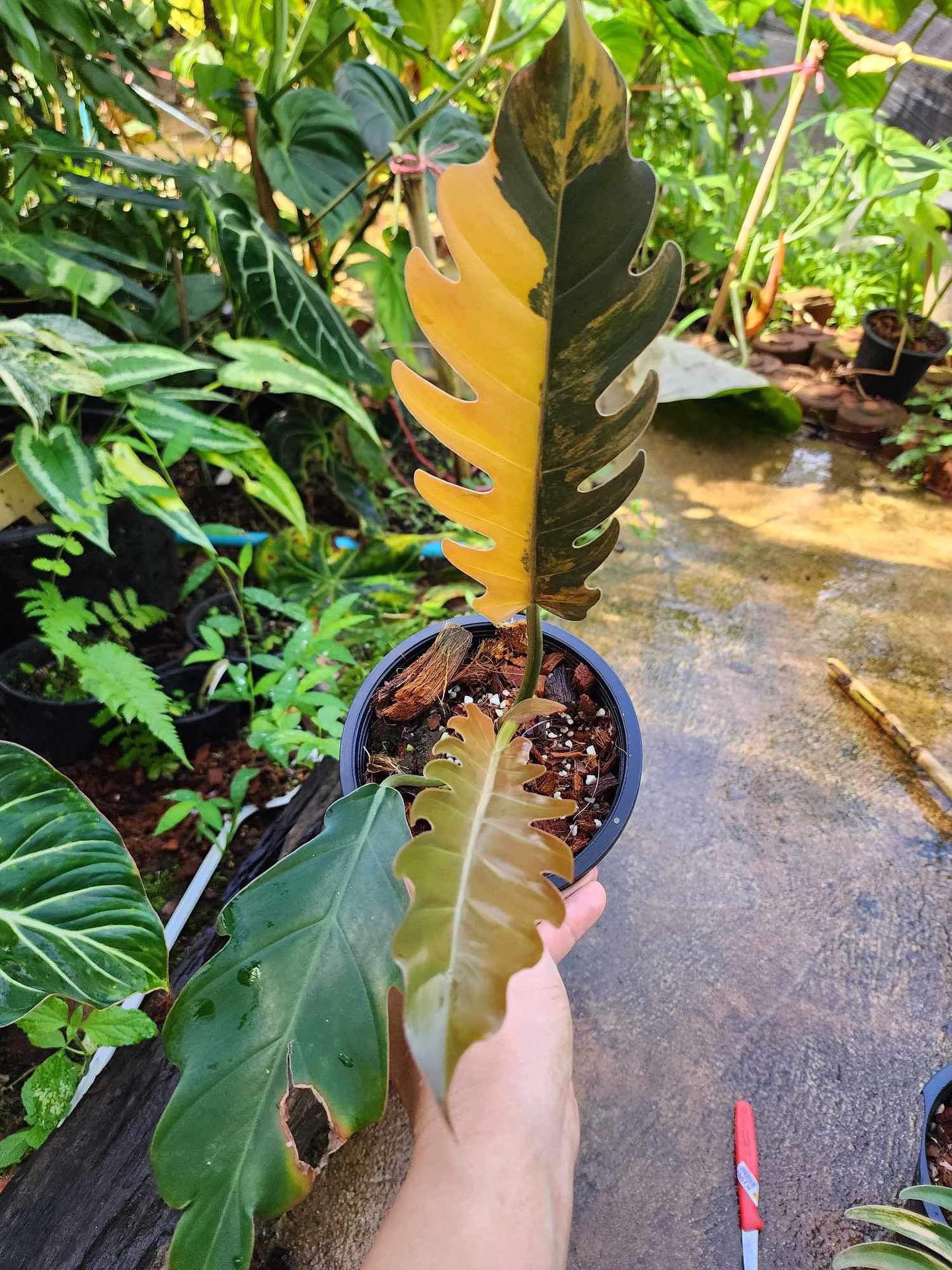
How often should I water my philodendron?
Here are some tips for determining the right watering frequency for your philodendron:
- Check soil dryness with your finger – water when the top 1-2 inches become dry.
- Water less frequently in winter – plants grow slower and require less moisture.
- Water more often in hot, dry weather – plants lose moisture faster when it’s hot out.
- Allow soil to partially dry between waterings – never let it become bone dry or stay saturated.
- Consider factors like pot material, size, drainage, light exposure, and climate that affect watering needs.
- Lift the pot periodically to get a feel for its dry weight vs soggy wet weight.
- Look for signs of underwatering like wilting, brown crispy leaves.
- Watch for overwatering clues like yellow leaves, mold, or rotten stems.
- Adjust frequency based on your plant’s needs and response! Typical range is 5-14 days.
Get to know your plant’s soil drying time and you’ll be able to determine the perfect watering schedule. Philodendrons like moist but not wet soil.
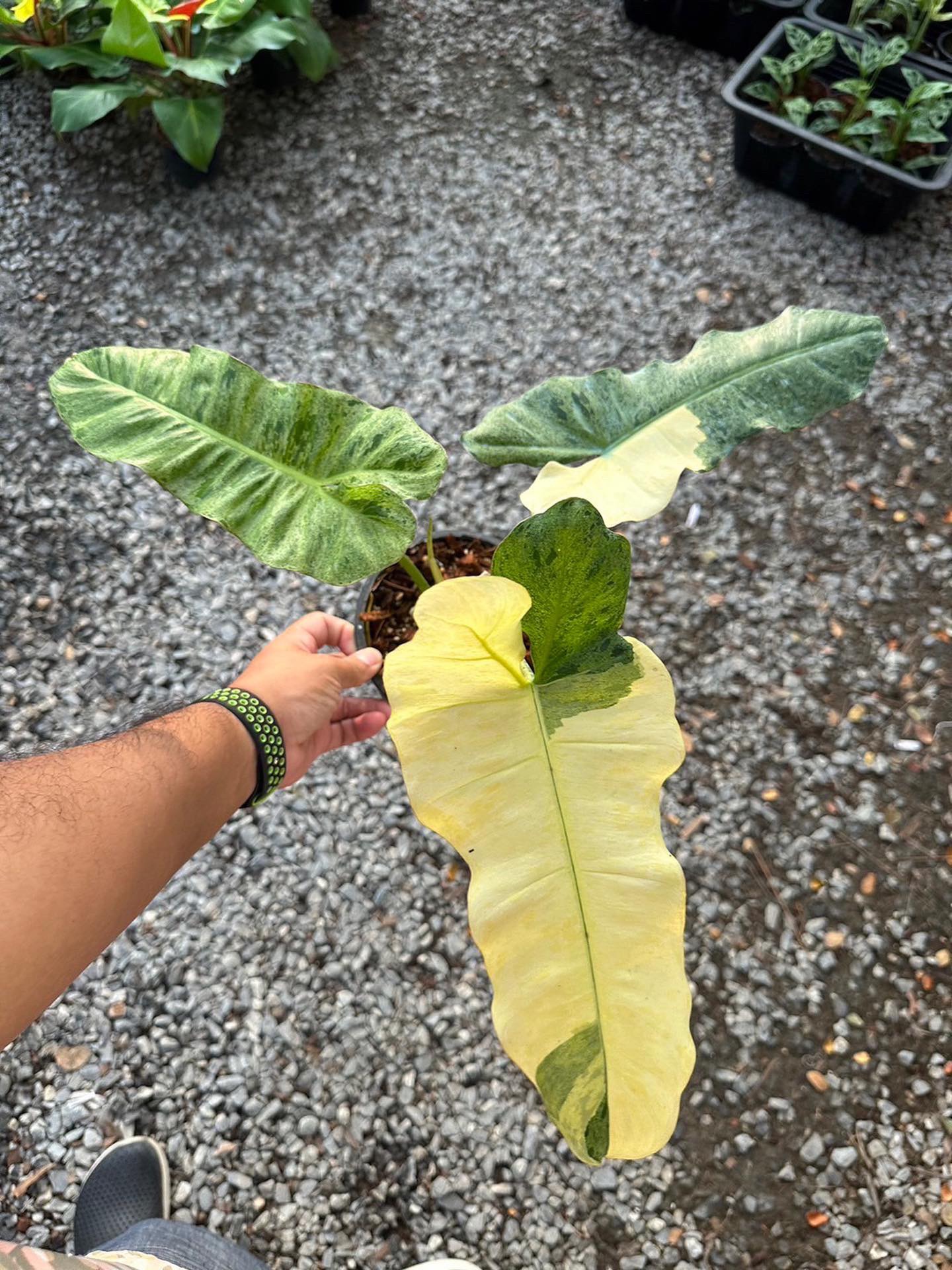
Do you water philodendrons from the top or bottom?
Either top or bottom watering methods can be effective for philodendrons. Here are the pros and cons of each approach:
Top watering:
- Convenient and easy method
- Ensures water reaches entire surface of soil
- Can lead to wet foliage, inviting pests/disease
- Doesn’t oxygenate roots as well
- Can compact the soil over time
Bottom watering:
- Encourages roots to grow downward seeking water
- Oxygenates roots and invites beneficial microbes
- Keeps leaves dry and discourages pests
- Can be difficult with large/heavy pots
- Takes longer for water to permeate pot
Feel free to top water your philodendron as long as you avoid getting the leaves excessively wet. Bottom watering provides some additional benefits if it works for your setup!
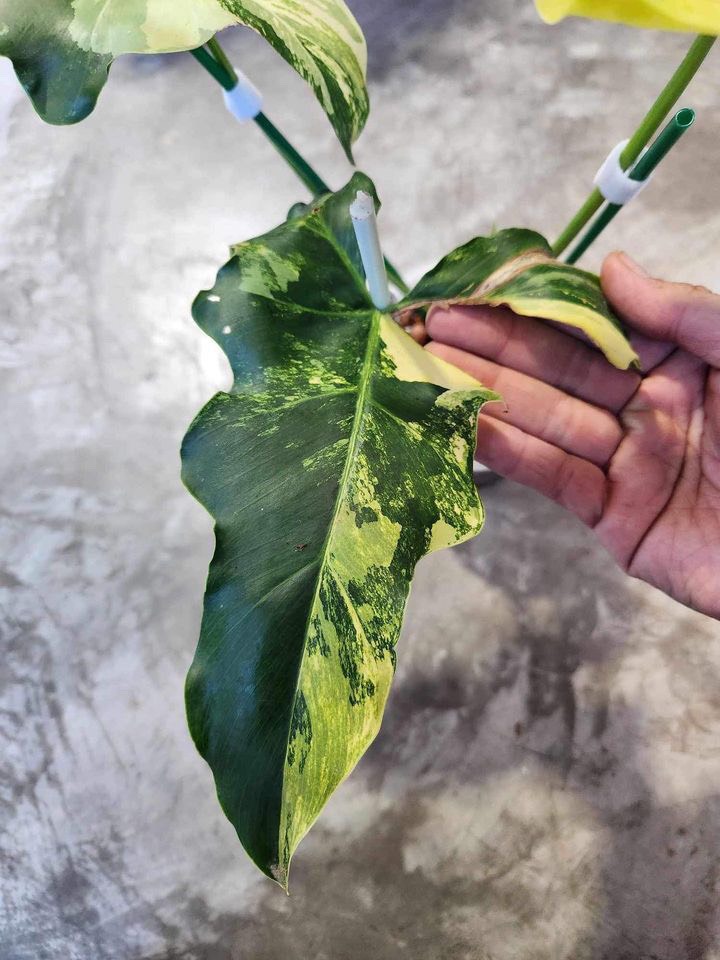
What does an overwatered philodendron look like?
Here are some telltale signs that your philodendron is receiving more water than it needs:
- Wilting or drooping leaves
- Yellow, translucent leaves
- Leaf drop
- Brown, mushy stems
- Soft, rotten roots
- Mold growth on soil surface or plant
- Excess moisture beads on the undersides of leaves
- Water drips quickly out the drainage holes after watering
Philodendrons like moist but not wet soil. If excess water can’t drain properly, it rots the roots leading to a cascade of problems. Allow the soil to partially dry out between waterings and ensure the pot has drainage holes to prevent overwatering issues.
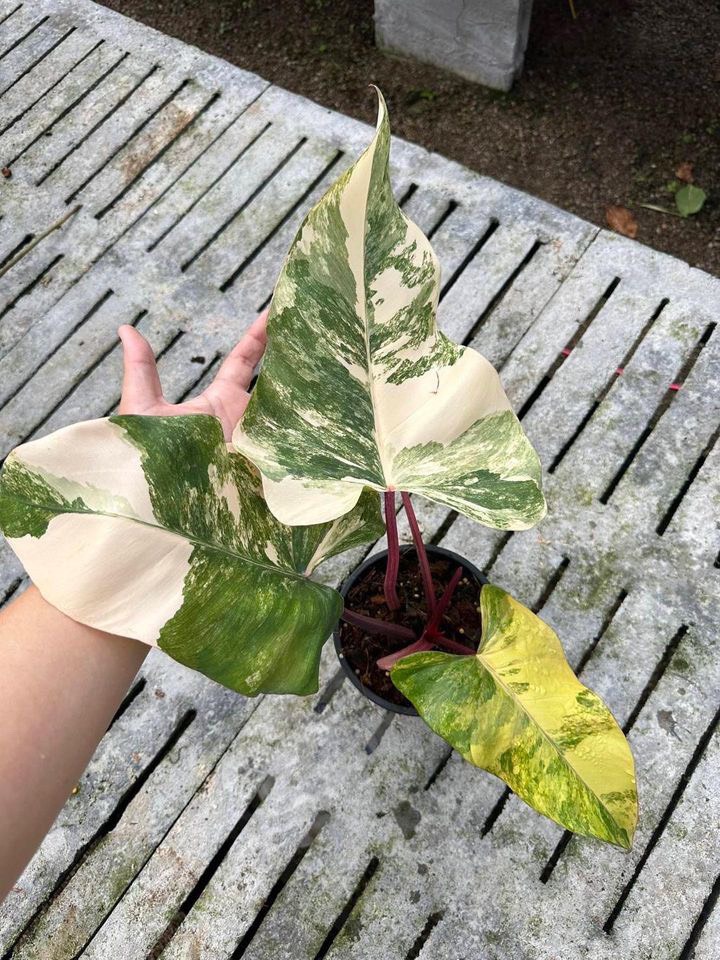
Should I mist my philodendron?
Occasional gentle misting can benefit a philodendron when humidity is very low. However, it is not a replacement for proper humidity and regular thorough waterings.
Potential benefits:
- Adds a bit of supplemental humidity
- Can rinse dust from leaves
- Provides slight cooling effect on hot days
Downsides:
- Can lead to water buildup in the crown, inviting rot
- Doesn’t penetrate soil or roots like thorough watering does
- Minimal impact on overall humidity
- Potential for bacterial or fungal issues from excess leaf wetness
Spot-mist philodendron leaves once or twice a week if desired, but focus more effort on providing ambient humidity through pebble trays and humidifiers. Combine this with regular deep waterings and drainage for healthy growth!
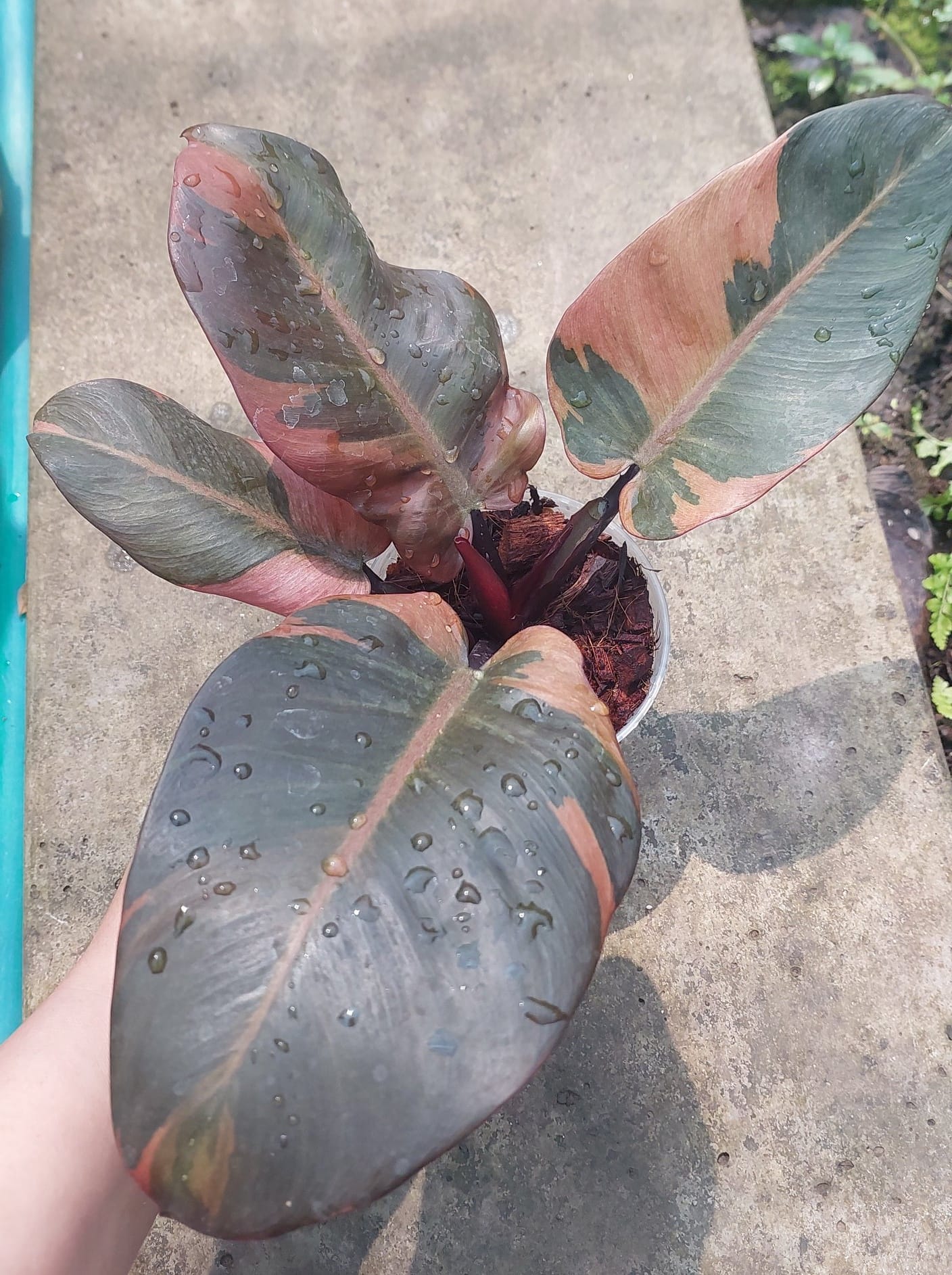
Conclusion
Caring for philodendrons, with their lush foliage and easygoing nature, can be a joyful and rewarding experience for any plant lover. From understanding their light requirements to mastering the art of watering, this guide has delved into the key aspects of philodendron care.
Remember, each philodendron variety may have its unique needs, but common factors like proper light exposure, adequate watering, and suitable placement within your home are critical for their thriving growth. By paying attention to these details, you can ensure that your philodendron not only survives but thrives, bringing a touch of the tropics into your living space. Whether you’re a seasoned plant enthusiast or a beginner, these tips will help you nurture and enjoy these beautiful plants to their fullest potential.


2 thoughts on “Unlocking the Mysteries of Philodendron People Also Ask”